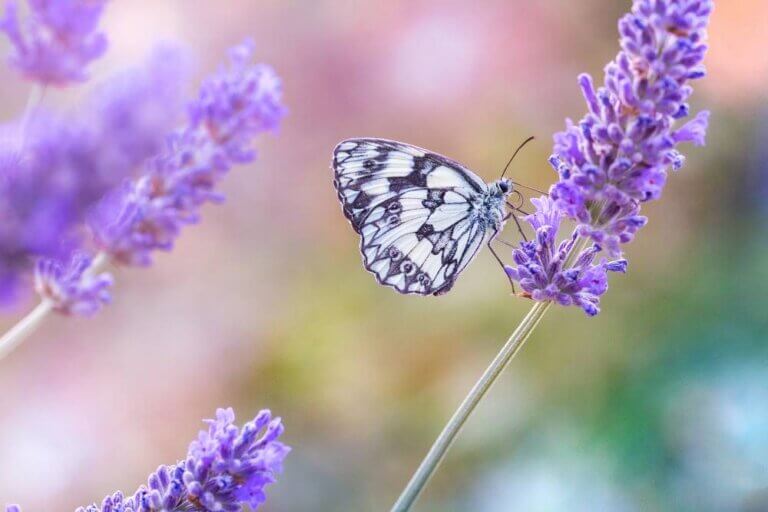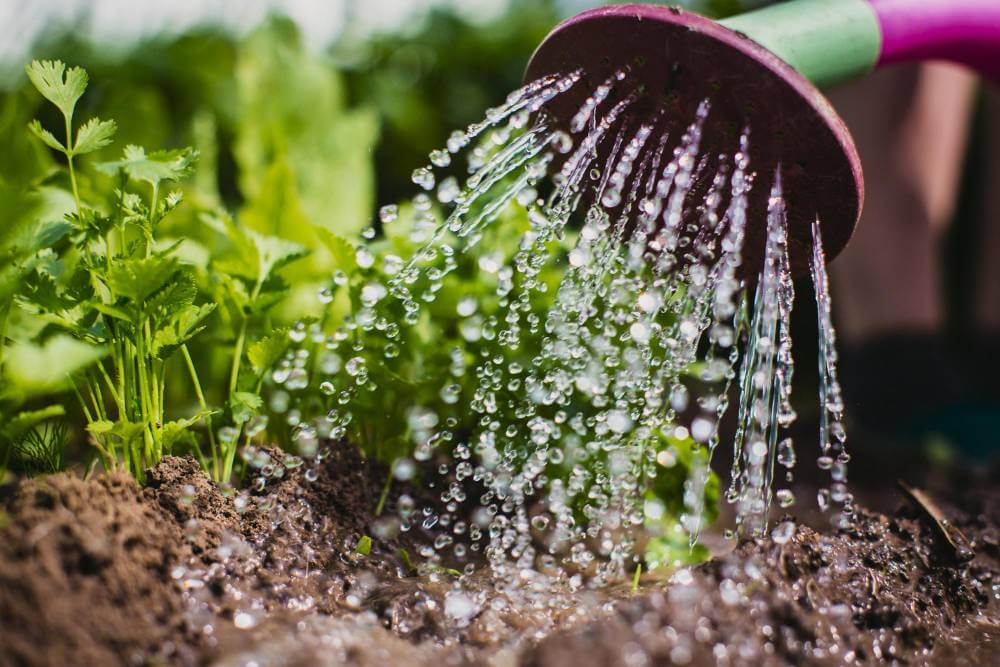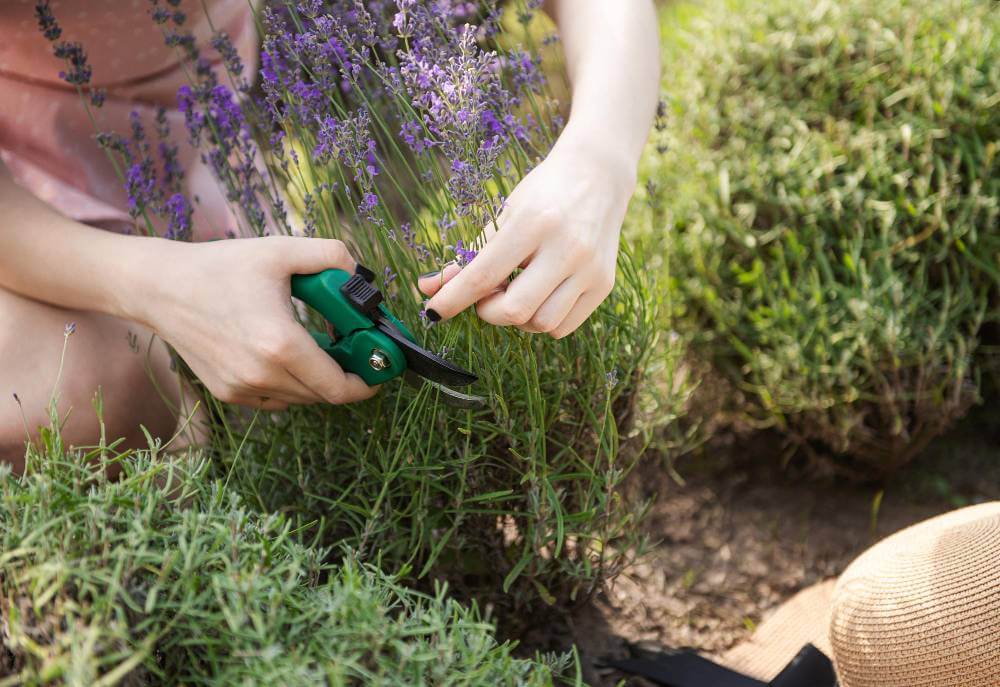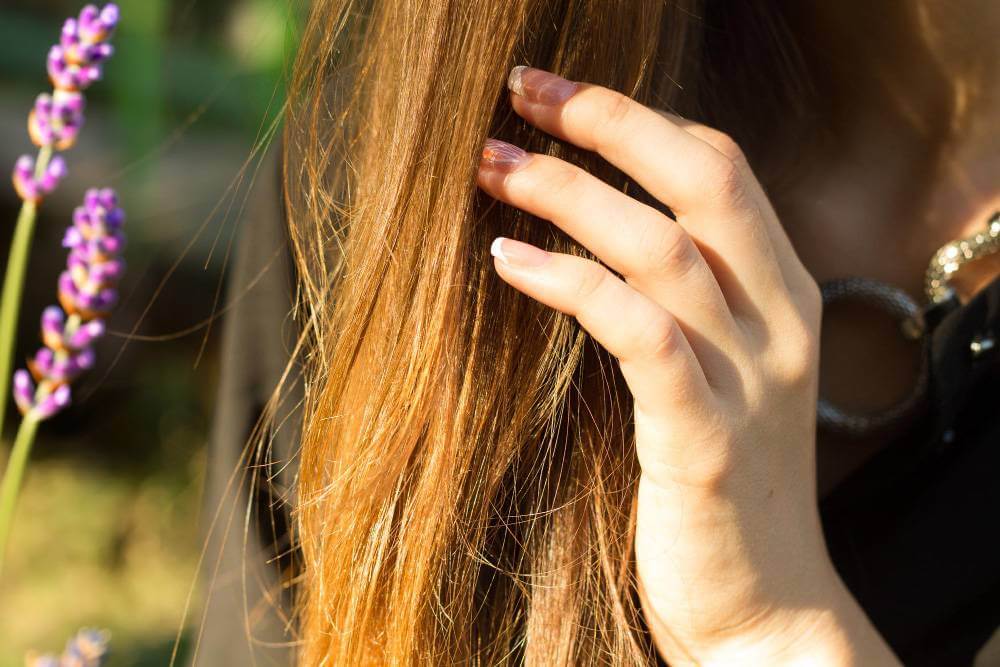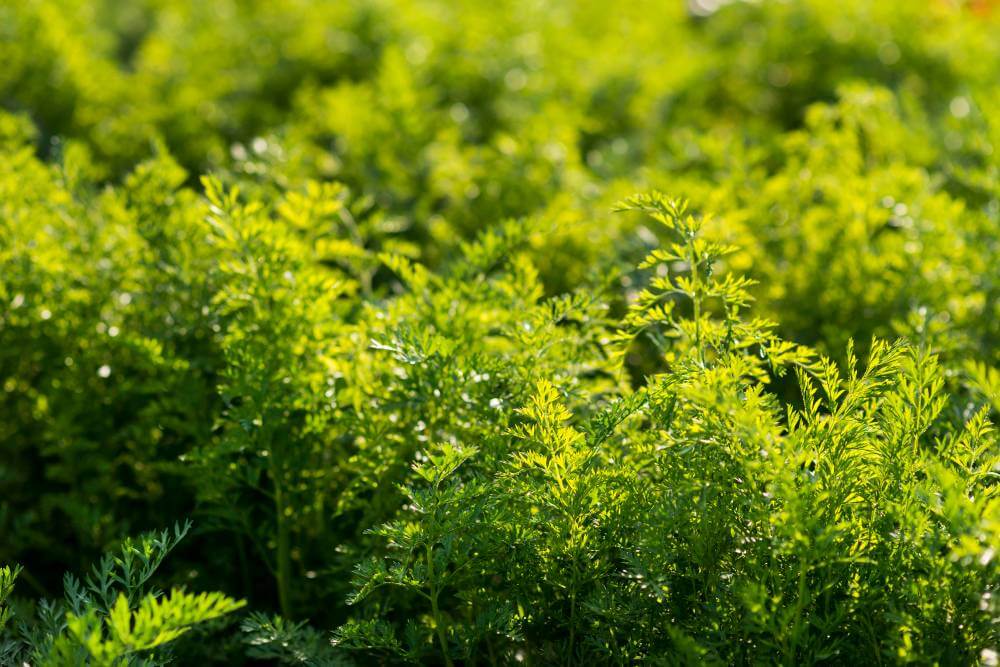Welcome, fellow gardeners! Today, we’re embarking on a journey into the enchanting world of butterflies and herbs. Picture this: a kaleidoscope of vibrant colors dancing amidst the greenery of your herb garden. But wait, what herbs do butterflies like? Fear not, my friends, for I have the inside scoop on seven favorites that are sure to attract these delicate winged creatures to your garden oasis.
But there is an important thing you should know – Creating a butterfly garden is not just about planting a few herbs or flowers – it’s about crafting a welcoming environment that meets the needs of these delicate winged creatures throughout their life cycle. When designing your butterfly garden, consider additional features that will attract and support butterflies at every stage of their development.
Breeding Environments for Butterflies
One key aspect of designing a butterfly-friendly garden is providing suitable breeding environments for butterflies. While many plants attract adult butterflies with their nectar-rich flowers, it’s equally important to include host plants where butterflies can lay their eggs and caterpillars can feed and develop. Herbs like parsley, dill, and fennel are popular choices for hosting butterfly eggs and caterpillars, providing a safe and nutritious environment for their development.
In addition to herbs, consider incorporating other plants and flowers that serve as host plants for butterflies native to your region. Milkweed, for example, is essential for the survival of monarch butterflies, as it is the only plant on which monarch caterpillars feed. By including a variety of host plants in your garden, you can attract a diverse array of butterfly species and support their life cycles from egg to adult.
Butterfly gardening isn’t just a hobby – it’s a meaningful way to contribute to conservation efforts and support native butterfly populations in your area. By creating a butterfly-friendly habitat in your garden, you can help preserve vital habitats and promote the survival of butterflies and other pollinators for generations to come.
Preferred Herbs for Butterflies
Lavender: A Scented Haven for Butterflies
Lavender – the queen of herbs and a favorite among butterflies far and wide. Not only does lavender boast exquisite fragrance and stunning purple blooms, but it also serves as a magnet for butterflies seeking nectar-rich flowers. Plant a patch of lavender in your garden and watch as these graceful insects flock to indulge in its sweet nectar.
Butterfly Bush: Nature’s Butterfly Beacon
As its name suggests, the butterfly bush is a beacon for butterflies, drawing them in with its irresistible clusters of fragrant flowers. This shrub’s long, slender blooms are rich in nectar, providing a vital food source for butterflies throughout the summer months. Plant a butterfly bush in your garden and prepare to be mesmerized by the colorful parade of fluttering wings.
Butterfly bushes come in a variety of colors, including shades of purple, pink, and white, making them a versatile and eye-catching addition to any herb garden. Their fast growth habit and low maintenance requirements make them a popular choice for gardeners looking to attract butterflies without a lot of fuss.
Milkweed: A Vital Host Plant for Butterflies
No discussion of herbs beloved by butterflies would be complete without mentioning milkweed. This humble yet essential plant serves as a vital host for monarch butterflies, providing nourishment for their caterpillars and a source of nectar for adult butterflies. By planting milkweed in your garden, you can play a crucial role in supporting monarch butterfly populations and preserving their habitats.
Milkweed is a hardy perennial that thrives in a variety of soil types and conditions, making it an excellent choice for both novice and experienced gardeners alike. Its clusters of pink or orange flowers add a pop of color to the garden, while its sturdy stems provide structure and texture to herbaceous borders.
Verbena: A Colorful Oasis for Butterflies
Verbena is another herbaceous favorite among butterflies, thanks to its abundance of small, nectar-rich flowers that bloom profusely throughout the summer months. Whether planted in containers, hanging baskets, or garden beds, verbena adds a burst of color and fragrance to any garden while providing a valuable food source for butterflies and other pollinators.
This versatile herb comes in a variety of colors, including shades of pink, purple, red, and white, allowing you to create stunning visual displays that are sure to attract butterflies from near and far. Verbena is also easy to grow and maintain, making it a popular choice for gardeners looking to add beauty and biodiversity to their outdoor spaces.
Thyme: A Tiny Treasure for Butterflies
Don’t let its small stature fool you – thyme is a powerhouse when it comes to attracting butterflies to the garden. This aromatic herb produces clusters of tiny flowers that are irresistible to butterflies seeking nectar-rich blooms. Plant thyme in your garden and watch as these delicate insects flit and flutter among its fragrant foliage. Plus, thyme is incredibly easy to grow, making it a must-have addition to any herb garden.
Marigold: A Sunny Haven for Butterflies
Bright, cheerful, and oh-so-attractive to butterflies – that’s the marigold in a nutshell. This annual herbaceous plant boasts vibrant orange, yellow, and red flowers that bloom profusely throughout the summer, providing a continuous source of nectar for butterflies and other pollinators.
Marigolds are easy to grow from seed and thrive in sunny locations with well-drained soil, making them a popular choice for gardeners looking to add a splash of color to their outdoor spaces. Plant marigolds in containers, borders, or mixed plantings to create a colorful haven that will attract butterflies and bring joy to your garden all season long.
Sage: A Soothing Sanctuary for Butterflies
Last but certainly not least, we have sage – a soothing sanctuary for butterflies seeking respite amidst the hustle and bustle of the garden. This fragrant herb produces clusters of small, tubular flowers that are rich in nectar, making them a favorite of butterflies and other pollinators.
Sage is a hardy perennial that thrives in sunny locations with well-drained soil, making it an excellent choice for gardens in a wide range of climates. Its aromatic foliage can be harvested for culinary and medicinal uses, adding both flavor and fragrance to a variety of dishes and herbal remedies.
Creating a Butterfly-Friendly Habitat
As I mentioned before, creating a butterfly-friendly habitat is about more than just planting a garden – it’s about providing a holistic environment that supports butterflies throughout their entire life cycle. In addition to planting herbs and flowers that attract butterflies, consider incorporating additional features into your outdoor space to enhance its appeal as a butterfly habitat.
Avoiding Pesticides and Chemicals:
One of the most important steps you can take to create a butterfly-friendly habitat is to avoid the use of pesticides and other harmful chemicals in your garden. Many pesticides are toxic to butterflies and can have devastating effects on their populations, both directly through contact with treated plants and indirectly through the loss of their food sources. Opt for organic gardening methods and natural pest control techniques to create a safe and healthy environment for butterflies to thrive.
Providing Shelter and Resting Spots:
In addition to food sources, butterflies also need sheltered areas where they can rest, bask in the sun, and seek refuge from predators and adverse weather conditions. Incorporate features like shrubs, trees, and tall grasses into your garden to provide shelter and nesting sites for butterflies. Consider creating a butterfly house or sheltered alcove where butterflies can roost and seek shelter during inclement weather. Providing a variety of resting spots throughout your garden will make it more inviting and hospitable to butterflies.
Including Water Sources:
Another essential feature of a butterfly-friendly habitat is the inclusion of water sources where butterflies can drink and stay hydrated. Provide shallow dishes filled with clean water or create small puddling areas where butterflies can gather to drink and extract minerals from the soil. Adding a water feature like a birdbath or small pond to your garden can also attract butterflies and provide them with a source of water for drinking and bathing.
Wrap Up
And there you have it, dear readers – seven favorite herbs that are sure to attract butterflies to your garden. From lavender and butterfly bush to milkweed and sage, these plants provide a vital source of food and shelter for these delicate winged creatures while adding beauty and biodiversity to your outdoor space.
By designing your garden with the needs of butterflies in mind, you can create a habitat that supports butterflies at every stage of their life cycle.
So why wait? Roll up your sleeves, grab your gardening gloves, and get ready to welcome a colorful array of fluttering visitors to your garden oasis!
Hungry for more herb gardening tips and tricks? Check out my other posts for inspiration and advice on creating the garden of your dreams!

